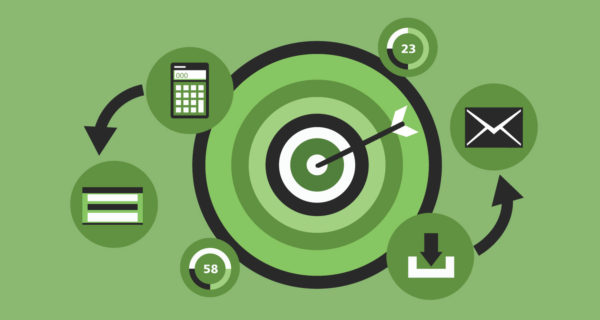By Heidi Zak
Here’s how to know which strategies are worth trying again
What’s that old saying about not succeeding the first time?
In 2019, my company ThirdLove launched its first pop-up physical retail location–and just a few months later the Covid-19 pandemic hit. Due to pandemic restrictions and our short-term lease, we decided to abandon the strategy–only to try, try again two years later. This time we’re optimizing processes, finding stronger partners, and adapting the store’s design based on what didn’t work last time. The result: a store fitted to what customers told us they wanted, rather than what we thought they wanted.
Failure is indeed the foundation of success–but only if you ask the right questions and iterate intentionally. Otherwise, you’re doomed to Einstein’s definition of insanity: “Doing the same thing over and over and expecting different results.” For founders and companies who have tried something in the past and are thinking of trying the same thing again, ask yourself these three questions:
1. Do you truly believe in the strategy?
What was the strategy or idea you tried that didn’t result in a great outcome? Was it something you realize now wasn’t a good idea, or is it something you truly believe in?
ThirdLove decided to relaunch physical retail stores not because we really wanted it to work, but because we really believed it would work. Our core belief in 2020 was that the in-person bra-buying experience still had a lot of room for improvement — and that many women want to feel a product before buying it. That belief is still with us today in 2022, and has been proved both qualitatively and quantitatively. Closing the first store didn’t have anything to do with this belief. It had to do with a surprise pandemic and a store design that was based on the first set of ideas, which we hadn’t had a chance to iterate. With that experience behind us, and the belief still intact, we had the perseverance to try again with a new approach.
So, if you dig deep and still have confidence in the original strategy or idea, you have some reflecting to do.
2. What didn’t work the first time?
Just because an idea didn’t work the first time you tried it doesn’t mean it will never work. Have you ever attempted something you really believed in and failed? Ask yourself what went wrong.
For our first store, the plan was for customers to come in, interact with our Fit Finder on iPads, and then try on the best size they’d found using the technology. We designed the store accordingly, having the iPad section at the front of the store, taking up a good amount of space. Unlike a traditional shopping experience, the way the physical product was displayed was not a focal point. And we stocked only a few styles in the backroom for purchase, the idea was that we’d ship the product to our customers from our warehouse.
But it turned out that the majority of women in the store had already used our Fit Finder online. They already knew their sizes — they just wanted to try products on to confirm their size, and walk out with a product. They also wanted to interact with our in-store Fit Experts, not with an iPad. Upon reflection, another big issue was that the first store took much more time and leadership bandwidth than we thought it would. Our team was not full of brick and mortar retail experts, which makes sense, as we were a digital-first company. This was distracting to other work and initiatives for our core business (selling online).
My point is, when you reflect on your first experience trying a new strategy and ask yourself why it didn’t pan out, you’re able to make a more objective decision as to whether it’s something you can (or should) try again. Once you know what went wrong, you have another question to ask yourself.
3. Can you solve those things now?
With an understanding of why you failed the first time at something, you can ask yourself how you can have a different result if you decide to try again.
The solution to our store experience was to draw up a new design based on prior learnings. Importantly: Trying again didn’t mean trying the same approach and hoping for a different result. Our new store relies on experienced Fit Stylists, a robust merchandising experience, and a stocked backroom. As for leadership resources, our new solution was to use an experienced partner who is an expert in helping digital brands launch retail stores. This allowed a small, tight team at our company to focus on the design and merchandising direction of the store, but to let our partner leverage their best practices in store build-out, hiring, and operations.
The combination of our first retail experience and their body of work meant a store designed to our exact specifications, and a much faster, smoother launch process. We understood what didn’t work — and more important, we understood that we could address what didn’t work. If the issues were out of our control, or we didn’t have good options the second time around, that would have been a different story.
The take-two flow goes through three steps: Strength of belief, then past flaws, then present solutions. You won’t be able to transform every failure into a success, but at the very least, every failure should give you information that informs future projects.
Feature Image Credit: Getty Images
By Heidi Zak
Co-Founder and CEO, ThirdLove@heidizaks




















